Bow Staves
Osage orange is gnarly, thorny, and about as contrary as any wood you’ll find. It’s hard as hell, has grain that twists and dips, it’s full of knots and has a
habit of growing all tangled up together which just adds to the misery of harvesting the stuff. The last time I cut a truckload of osage bow staves I had to sharpen my saw three times, got covered in poison ivy, nearly stepped on a rattlesnake, and came out of the woods looking like I’d been mauled by a hopped up bobcat. But, even with all that stacked up against a fella, Osage is worth it.There are two woods in North America that are considered top of the class when it comes to making a selfbow – Pacific Yew and Osage Orange. Yew is a fine bow wood in its own right, but it grows only in a relative small geographic region in the Pacific Northwest. Osage, on the other hand, is widespread throughout the Midwest and southeastern US from central Alabama to Oklahoma north to Illinois and beyond.
You can, of course, buy good osage bow staves if you want to fork out anywhere from 60 – 100 bucks but I’m a big proponent of cutting your own bow wood. It not only lets you go through the entire bow making process from start to finish but, more practically, it allows you to make plenty of mistakes without having to worry about messing up and expensive osage bow stave. I promise you that you’ll mess up a few bows before you get a good one built. Cutting your own bow staves just allows you to mess a few up and know that, when you do, you can just start another bow.
Although osage is widespread, finding a tree that will make a good bow is another story. As I said before, osage tends to be a gnarly little tree so you’ll have to look through plenty of them to find one worth cutting. Bark that spirals around the trunk is a sure fire indicator that the wood grain will follow the same path. Most osage has some level of twist, but you’ll be able to find trees that are relatively straight grain to keep this to a minimum. Splitting bow staves from a twisted tree makes for a bow with a lot of “propeller twist” which is just what it sounds like.
If you’re looking to get out and harvest some bow staves, check out this quick video on where to find good osage, what to look for in a good tree, and some other good tips on harvesting osage bow staves. And when you’re ready to turn that bow stave into a bow, check out all the great videos we’ve got in out “how to make a longbow” series.
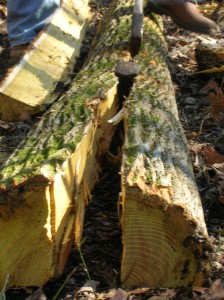
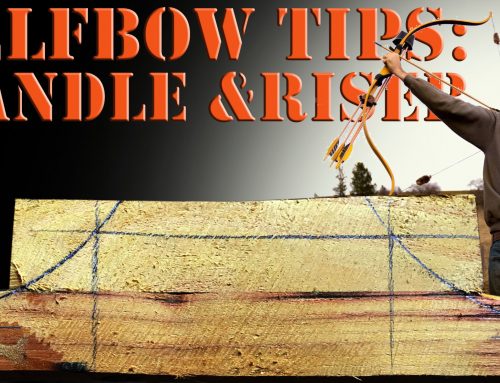
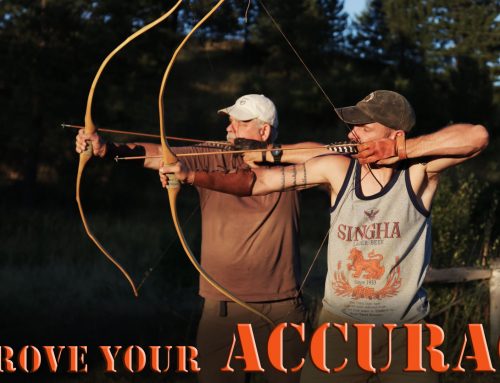
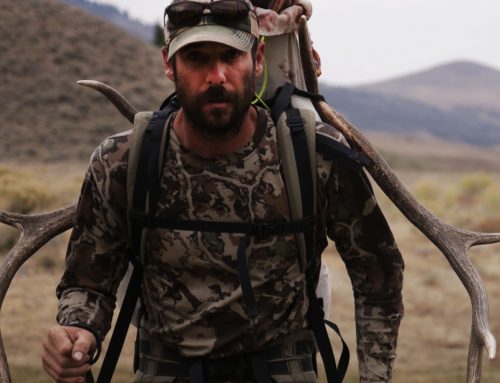
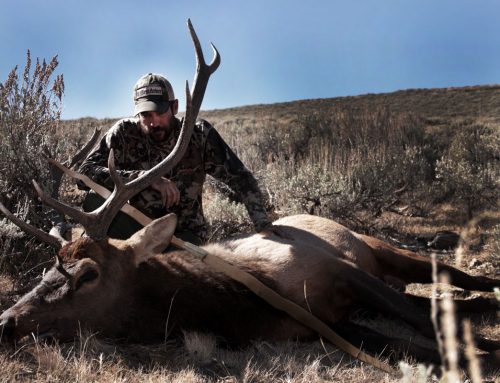
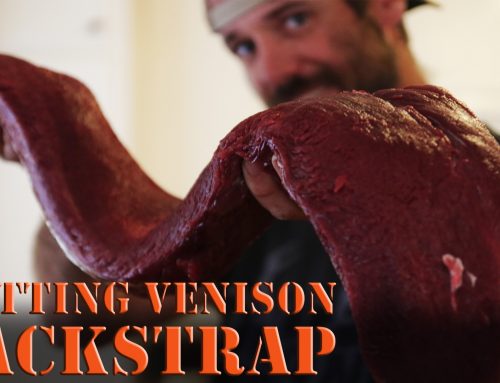
Hi Clay, I have really enjoyed your videos on bow making. I want to make my own osage bow this summer. Right now I just do the traditional muzzleloader thing at rondevous in Colfax and the Spokane area. Do you sell osage because that is what I want to use to make a short bow since I am 5’4″.
Clay, I am a traditional flint knapper and bow maker. I would like to know if it would be possible to purchase some osage orange bow material. If you sell these or know someone that does, would you contact me?
Thank you.
Bernie Archuleta
Abiquiu Pueblo, Abiquiu, NM